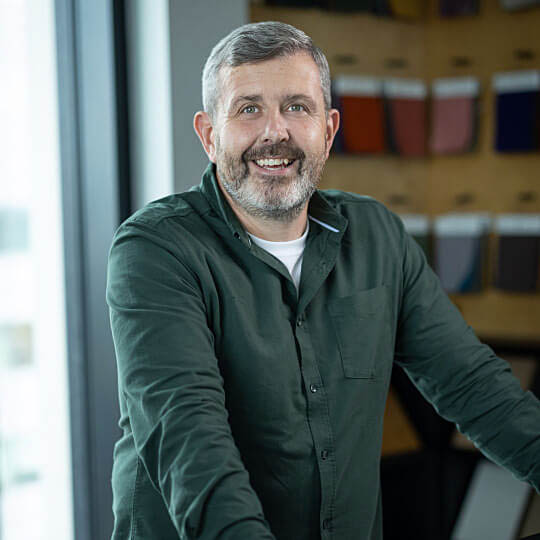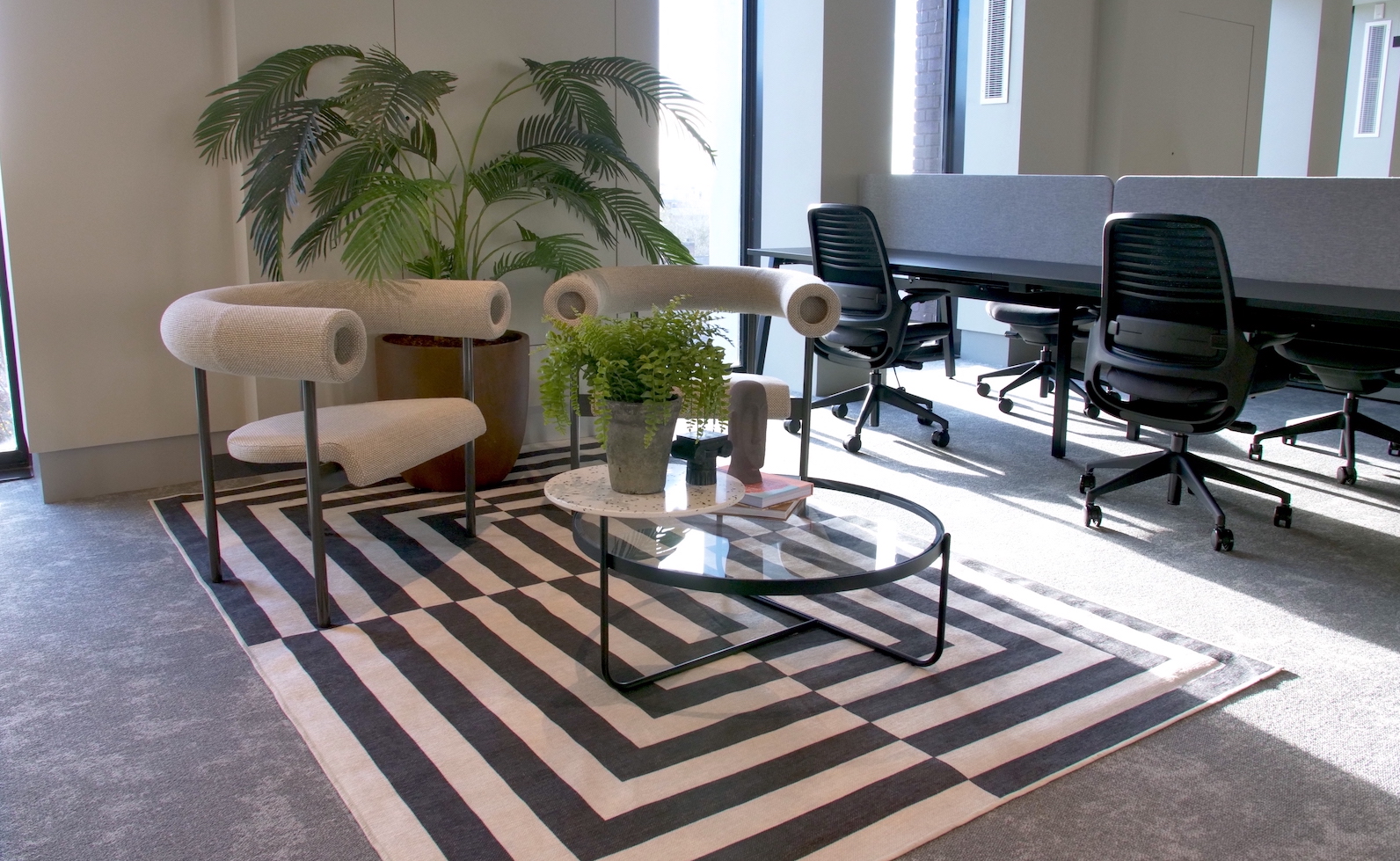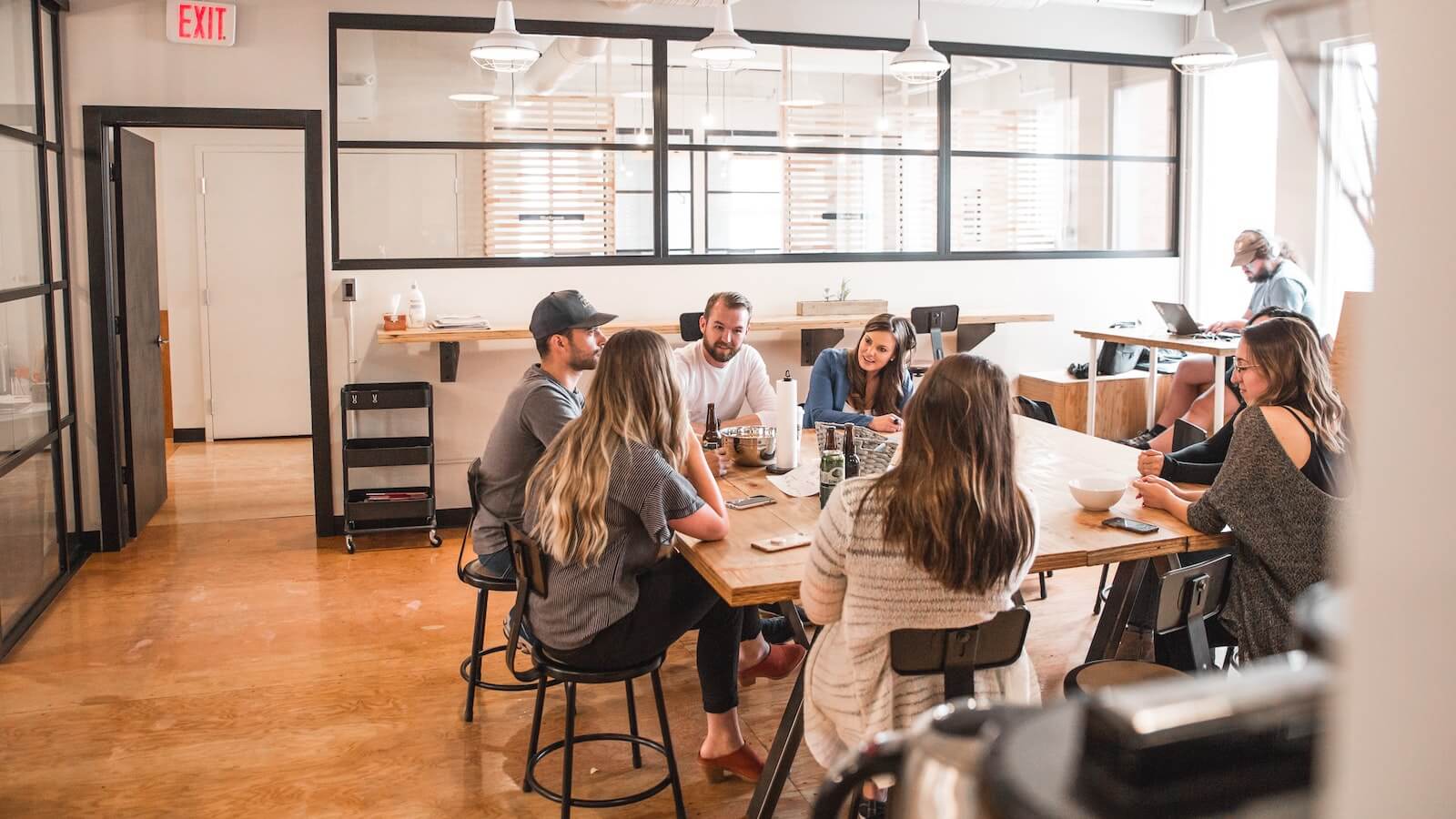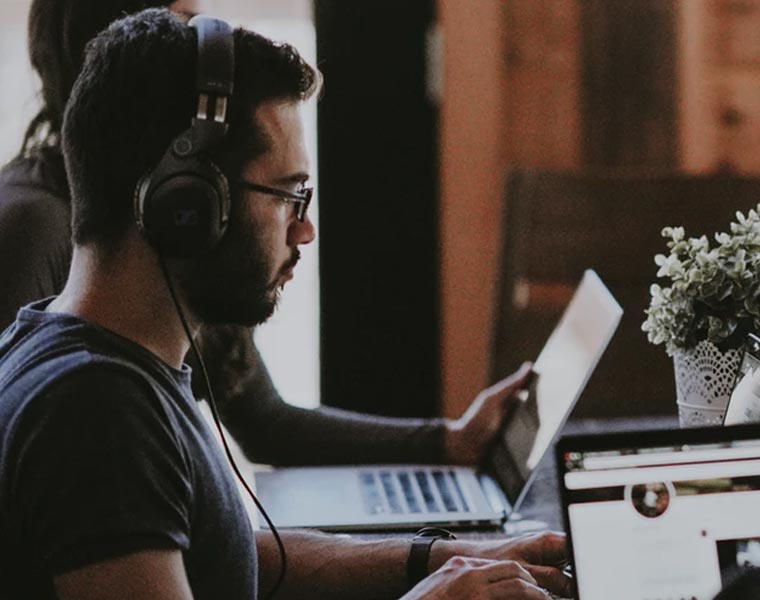
By Steve Patterson
Head of Estimating & Purchasing
Published
12th August 2022
Category
Insights
Typically, a workplace transformation project will involve the business owners, design and fit out partners and any necessary contractors. Very rarely do we see the workforce who will be using the space involved—occasionally but certainly not often enough. It’s our belief that this needs to change and that space-users should be having more of a say in the decision-making process.
Here, we explore four reasons why we strongly believe that, as well as external support from a workplace fit out specialist, you should also include staff feedback in your office design process.
After we look at the reasons why, we’ll then go on to share some advice on how you can do this most successfully. You aren’t going to be able to please everybody all of the time—that goes without saying—but we can help get you as close to that ideal scenario as possible.

So, why is involving your staff in the workspace transformation process so valuable?
It builds a sense of community and belonging
Whatever the project is, whether it’s planning an event or refurbishing an office, when people feel included they not only feel more invested in the cause, they also feel a stronger sense of belonging. So, when you include employees in the design process, you allow them to feel a part of the project and that their input is valuable to the wider working community.
Demonstrating acknowledgement and appreciation for employees’ opinions is an effective way to make them feel involved. Taking this approach will foster tighter-knit relationships, engagement with the business and cultivate a more positive workplace culture overall. As a result, you’ll also start to see an increase in broader factors such as motivation, productivity and retention.
It gives you a better idea of what wellbeing means to your workforce
Wellbeing isn’t just a buzzword—it’s an integral part of creating a working environment that nurtures happy, healthy, motivated people who feel included and supported. It’s easy to make simple and general changes to your office in order to boost employee wellbeing, such as adding more greenery and biophilic elements, for example. However, assumption shouldn’t be your only tactic.
Unless you ask, you’re not going to know what your workforce prioritise specifically in terms of wellbeing in the workplace. More nuanced priorities, for example, might be more outdoor work settings, a quiet space for meditation or reflection, or an office bar to facilitate more socialisation and bonding.
Asking employees what will make them happy is a great way to go about ensuring your design and fit out schemes achieve that—at least to the best of your ability. Opening up conversations like this removes a lot of the guesswork from the process.

It helps create a more future-proof and sustainable office design scheme
Ensuring that you’re creating a working environment that meets the needs and desires of those who will be using day-to-day is a far more sustainable approach. Taking this as a strategy means you are designing an office space that will hopefully service you and your workforce for a long time moving forward.
Failing to check in with space-users now will only lead you to (most probably) omitting features, settings or resources that will leave problematic gaps further down the line. That’s why we’re such strong advocates of making any fit out, design or refurbishment process a collaborative one—a process that breaks through as many hierarchal decision-making boundaries as possible to reach a more inclusive solution.
It supports making the office a destination of choice
When all of the above elements are in play and you’ve managed to create a working environment that people actually want to use, the office then becomes a destination of choice. What we mean by this is an office that people choose to come to even when there are other options—like working remotely or working from home—available to them.
Although there are many benefits of more flexible and nomadic working, in settings that aren’t necessarily tethered to the traditional workspace, there is still significant value in the shared working environment. Encouraging people into the office on a regular basis supports communication and collaboration, as well as investing in your all-important social capital.

How to include staff in the office design, fit out or refurbishment process
Now that we’ve explored why involving employees the workplace transformation process is beneficial, let’s take a look at some of the ways you can do this most successfully:
- Work with your HR department to create an online survey that people can take and share their opinions anonymously through.
- Create an ideas box where, for a specified period of time, employees can post suggestions for you to consider.
- Hold a number of workshops with various teams and departments to ascertain what they think is working now and what workplace issues they think need to be improved.
- Organise a company away day to discuss the plans in a fresh, neutral setting. This should help open up more collaborative conversations and idea-sharing.
- Communicate the various stages of the plan as they roll out so that staff can have relevant input along the way. This could be done through internal comms or presentation-style.
As we said at the beginning, pleasing everybody all of the time is impossible but we strongly believe that taking this approach will help you create the most functional and future-proof space for your business.



